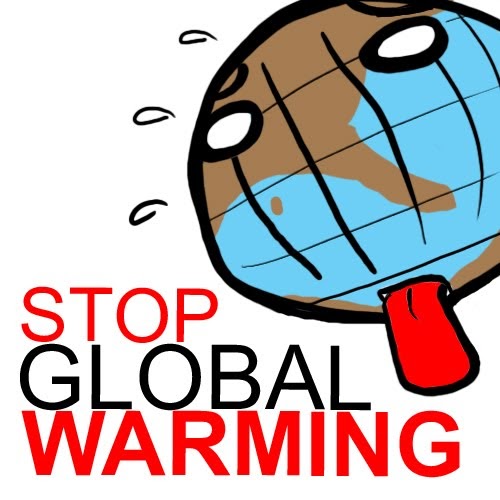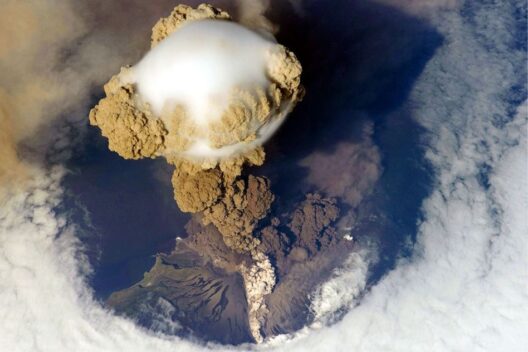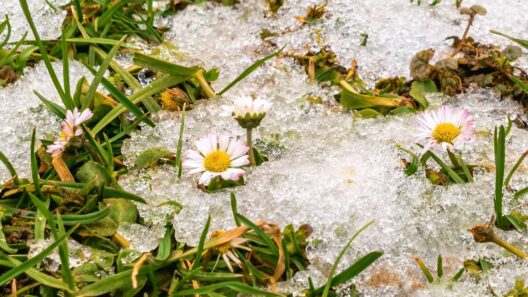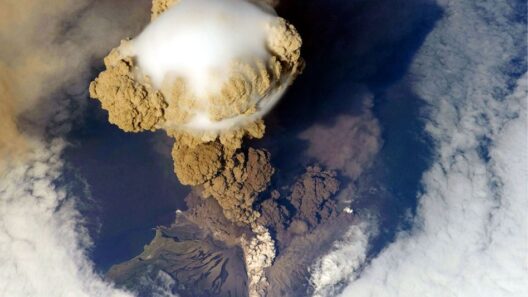Global warming and climate change are often perceived as interchangeable concepts within the tapestry of environmental discourse. However, delving deeper into their intricate relationship reveals a reality far more nuanced. While global warming denotes the gradual rise in Earth’s average surface temperature due primarily to anthropogenic greenhouse gas emissions, climate change encompasses a broader spectrum of alterations—spanning variations in temperature, precipitation patterns, and even shifts in biodiversity. Essentially, global warming acts as the heart that fuels the more complex organism known as climate change.
To elucidate this connection, envision the global climate system as a finely-tuned orchestra. Each instrument represents a different aspect of the Earth’s environment—oceans, forests, ice caps, and atmospheric gases. When one section, such as greenhouse gas emissions, begins to play out of tune, it disrupts the harmony of the entire ensemble, leading to a cacophony of adverse effects. This metaphor encapsulates the interplay between global warming and climate change, illustrating how the increase in temperatures orchestrates a wide array of climatic disruptions.
The first act in understanding this connection is recognizing the greenhouse effect. This phenomenon is akin to a cozy blanket wrapped around the planet. Sunlight penetrates the atmosphere, warming the Earth. However, instead of escaping back into space, some of this warmth is trapped by greenhouse gases like carbon dioxide and methane. As concentrations of these gases rise—predominantly due to human activities such as burning fossil fuels and deforestation—the blanket grows thicker, resulting in higher temperatures worldwide. This fundamental mechanism lays the groundwork for the complex web of climate change.
As the heart of global warming beats stronger, various symptoms of climate change manifest, resembling the unfolding of a story with multiple characters. One of the most pressing concerns is the increase in extreme weather events. Storms, droughts, and heatwaves all bear witness to the influence of rising temperatures. For instance, warmer air holds more moisture, intensifying thunderstorms and leading to catastrophic flooding in some regions, while simultaneously contributing to prolonged droughts in others. This variability in weather patterns presents a paradox, leaving communities grappling with the dual threats of excess and scarcity.
Moreover, the warming planet catalyzes a remarkable transformation of ecosystems. Consider polar regions, where ice serves as a mirror reflecting not only sunlight but also the signatures of diverse life forms. As global temperatures rise, ice melts at an alarming rate. The loss of these habitats jeopardizes species such as polar bears and seals, which rely on sea ice for their survival. This chaining of interdependent relationships illustrates that global warming is not just an isolated phenomenon but rather a leading actor in the climatic drama unfolding around us.
Furthermore, the ocean, often dubbed the “Earth’s lungs,” plays a crucial role in this narrative. As atmospheric temperatures climb, oceans absorb significant amounts of carbon dioxide, leading to ocean acidification. This transformation alters the fundamental chemistry of seawater, disrupting marine ecosystems. Coral reefs, known as the tropical rainforests of the sea, are particularly vulnerable. They experience bleaching and mortality due to rising temperatures and the related stressors of acidification. In this way, the impact of global warming on the oceans reverberates through the entire marine food web, highlighting the interconnectedness of life on Earth.
In addition to altering ecosystems and weather patterns, global warming has profound implications for human health and livelihoods. The rise in temperatures exacerbates air quality issues, leading to respiratory illnesses and heat-related health problems. Vulnerable populations, particularly in developing nations, bear the brunt of climate change impacts, facing food insecurity and displacement due to rising sea levels and extreme weather events. This interconnected web of consequences showcases that global warming is not simply an environmental concern but a multifaceted challenge that transcends borders and societal divides.
The intersection of global warming and climate change also invites a consideration of mitigation and adaptation strategies. Just as a master conductor leads an orchestra towards harmony, global society must collaboratively enact solutions to address these pressing issues. Transitioning to renewable energy sources, enhancing conservation efforts, and implementing sustainable practices are crucial steps in alleviating the intensity of global warming and, consequently, climate change.
Education plays a paramount role in fostering awareness and action. The intricacies of the global climate system are best understood through a lens of empathy, where individuals recognize their significance in the broader ecological narrative. By mobilizing communities and advocating for policy changes, we can align our collective efforts towards a future that prioritizes ecological balance.
As the curtain draws on this examination of global warming and climate change, it becomes evident that they are inextricably linked. Global warming serves as a catalyst, igniting a series of climatic upheavals that affect every corner of the globe. By understanding this relationship, we can confront the challenges posed by climate change with informed determination and resolute action. As stewards of the planet, it is our responsibility to ensure that the harmony of our global orchestra resonates with sustainability, resilience, and hope for future generations.








